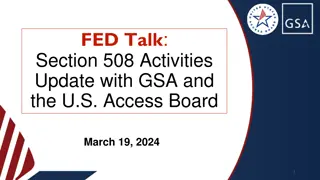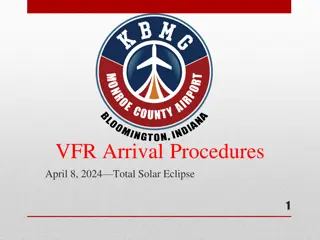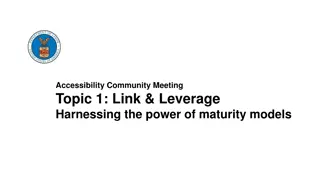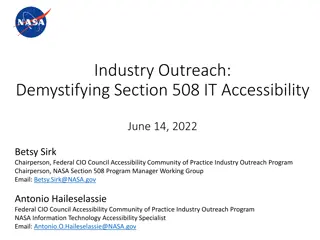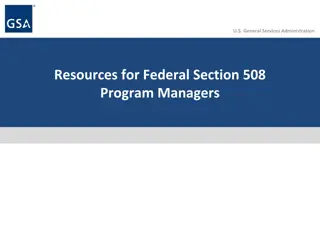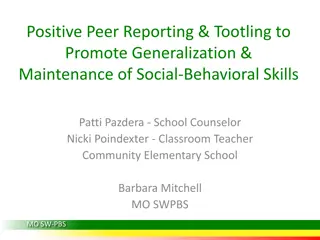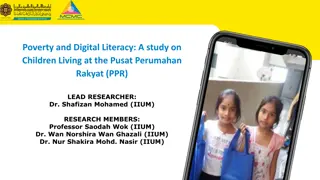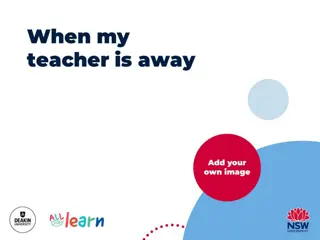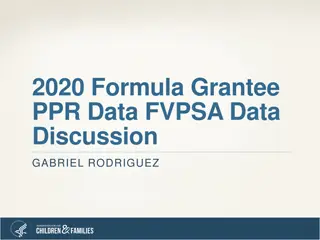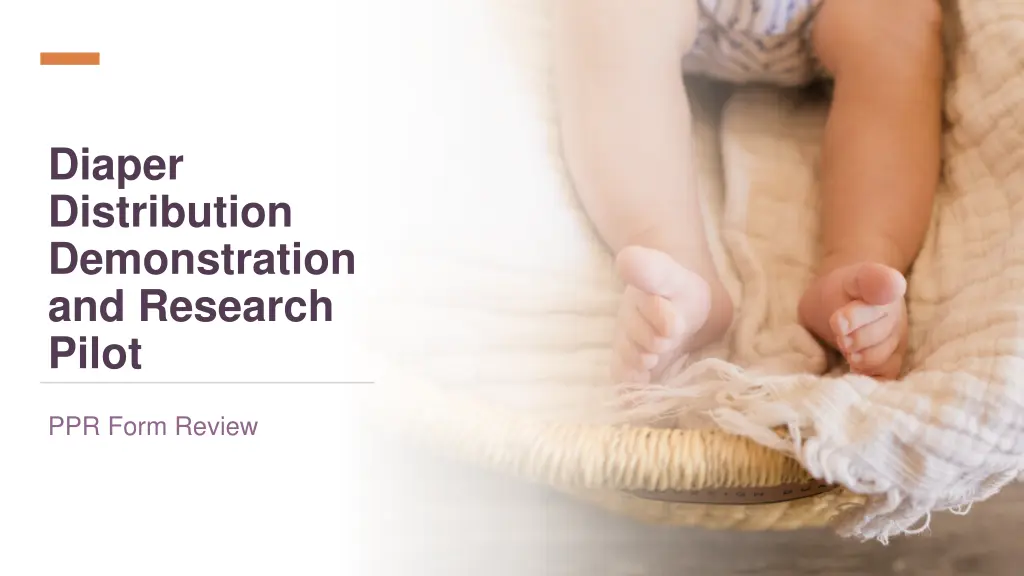
Diaper Distribution Program Performance Report
Learn about the Quarterly Project Performance Report (PPR) and how the Office of Community Services (OCS) uses it to monitor project progress, service delivery metrics, partnerships, and spending. Find out when the PPR is due, what information is required to be provided, and how to fill out the PPR Excel Workbook for your diaper distribution program.
Download Presentation

Please find below an Image/Link to download the presentation.
The content on the website is provided AS IS for your information and personal use only. It may not be sold, licensed, or shared on other websites without obtaining consent from the author. If you encounter any issues during the download, it is possible that the publisher has removed the file from their server.
You are allowed to download the files provided on this website for personal or commercial use, subject to the condition that they are used lawfully. All files are the property of their respective owners.
The content on the website is provided AS IS for your information and personal use only. It may not be sold, licensed, or shared on other websites without obtaining consent from the author.
E N D
Presentation Transcript
Diaper Distribution Demonstration and Research Pilot PPR Form Review
What is the PPR and how does OCS use it? What is the PPR and how does OCS use it? The quarterly project performance report (PPR) provides updates to the program office on project progress, service delivery metrics, partnerships, and spending. The program office uses the data to: Understand successes and challenges with the demonstration program Identify training and technical assistance needs Monitor project performance Describe program outputs Provide programmatic support 2
Due at the end of the month or at least 30 days following the end of the reporting period. Cohorts 1, 3, 4 (began at the end of September) Reporting Period Covered Due Date October 1 December 31 January 31 When is the When is the quarterly quarterly PPR due? PPR due? January 1 March 31 April 30 April 1 June 30 July 31 July 1 September 30 October 31 Cohort 2 (began at the start of May) Reporting Period Covered Due Date May 1 July 31 August 30 August 1 October 31 November 30 November 30 January 31 March 2 February 1 April 30 May 31 3
What Information Am I Required to What Information Am I Required to Provide? Provide? Tab Contents Cover page Basic information about your organization and project Program Indicators Narrative updates about your project s progress Service Delivery Data Numbers served, supplies distributed, and your efforts to connect individuals to wraparound services Wraparound Service Details Number of referrals by referral type Partners Partner status and activities for partners receiving funding from the program Budget and Expenses Budget allocations and spending to date on diapers, diapering supplies, storage and transportation, and other costs, disaggregated by grant recipient direct spending and partner spending. 4
PPR Excel Workbook PPR Excel Workbook Requests basic information Your organization (grant number, name, address) Your award (grant start date/end date in NOA) The report being submitted (reporting period end date, whether it is a final report) Your project (date you started distributing diapers, any changes to program leadership or contact information) 5
Cover Page Cover Page Requests basic information Your organization (grant number, name, address) Your award (grant start date/end date in NOA) The report being submitted (reporting period end date, whether it is a final report) Your project (date you started distributing diapers, any changes to program leadership or contact information) 6
Program Indicators Program Indicators Major activities and accomplishments during this period Problems Dissemination activities Other activities Activities planned for next reporting period Leveraged opportunities Program success story or highlight from this quarter 7
Service Delivery Data Service Delivery Data Requests numeric information from this reporting period AND cumulatively on: The number of children and families you have served Diaper and diapering supplies you ve distributed Your efforts to connect families to wraparound services 8
Service Delivery Data (Continued) Service Delivery Data (Continued) Families and children served: 1. This reporting quarter 2. Since the start of the program 3. Newly enrolled 9
Service Delivery Data Service Delivery Data Family and Children Example Children Example Family and A family receives services in August and September, in November and December, but then left the program and did not receive services in January or later. Reporting Quarter Report Due Date Newly Enrolled Served to Date Served This Quarter June September October December October 31 1 1 1 January 31 0 1 1 January March April 30 0 1 0 10
Service Delivery Data Service Delivery Data Supplies Example Supplies Example Diapers and diapering supplies data only focuses on your activities this reporting quarter. Indicator type How to calculate/respond # of items distributed (e.g., diapers, pull-ups, wipes, ointments) Count of individual diapers given to families (e.g., if you distributed 100 boxes of 156 diapers and 30 boxes of 72 diapers, you would enter 17,760) # of packs distributed (e.g., wipes) Count of individual packs distributed (e.g., if you distribute 50 packs of 80 wipes, you would enter 50) Average cost per item (e.g., diapers, pull-ups) Total dollars spent on items purchased this quarter/# of individual items purchased this quarter (example, $6,883.30 spent on diapers this quarter/17,760 diapers purchased this quarter = $0.39 Other diapering products/supplies Count(s) of how many and clear description of what your count(s) include Economies of scale Brief description of how you take advantage of economies of scale.11
Wraparound Services Wraparound Services We are asking for two types of information about wraparound services: 1. The number of families helped by getting at least one referral in each period 2. A count of all referrals. On the wraparound service details page, we've included definitions about different types of referral categories and services to help you categorize them. For example, TANF would go under Income and Asset building services, while helping a client obtain a GED would go under Education and Development Services for Adults. 12
Service Delivery Data Service Delivery Data- - Wraparound Services Services A description of your processes for connecting your enrolled families with wraparound supportive services Unduplicated count of families who have received a referral or have been connected to wraparound services, both this quarter and since the start of the program Wraparound Example: you connect a family to a food pantry in July and workforce services in August Count the family once in your next report for number of families receiving referrals this reporting quarter, even though they received multiple referrals over multiple visits that quarter. Count the family once in your number of families receiving referrals since the start of the program in your next report and all subsequent reports 13
Wraparound Service Details Wraparound Service Details Key thing to count is the number of referrals made (this may be duplicated counts). Only include referrals from this quarter/ reporting period Referrals can be to any services either offered by that partner or by some other organization Semi-structured to provide flexibility in collecting responses. 14
Partners Partners Only include partners receiving funding from the diaper program to provide goods or services for the pilot program. Indicate, for each partner, which services they conduct. We're looking to capture key activities to the program, including: Procure diapers Transport diapers Warehouse diapers Enroll participants Distribute diapers Refer beneficiaries to wraparound supportive services We're also interested in learning: The geographic service area supported by the partner Types of referrals individuals receive from the partner Provides translation assistance Use the notes section as needed 15
Budget and Expenses Budget and Expenses Allocations and spending to date for the following categories: Diapers (including pull-ups): The cost of diapers and pull-ups. Diapering supplies: Wipes, ointment, any other supplies provided to families with diapers. Storage and transportation: Costs associated with storing diapers or moving diapers from one place to another. Personnel/benefits: Salaries, wages, and fringe benefits paid to people who are direct employees, not contractors. Staff Travel: Use this line for other staff travel not associated with storage and transportation. Everything Else: Include all other budget categories here. Indirect Costs: Include amounts in official federal budget for the grant recipient only Separate your reporting for allocations and spending between the grant recipient and partners: Grant recipient spending any direct spending or budgeted funds for the grant recipients (do NOT include funds for partners or subrecipient organizations here) Partner spending (i.e., contractual or subrecipient spending/activities) any direct spending or budgeted funds for a partner or subrecipient (should NOT be included in grant recipient spending) 16
How Do I Submit the PPR How Do I Submit the PPR Submit the PPR via GrantSolutions Navigate to the details for your DDDRP grant and select Reports. Navigate to the correct reporting period to start your report. Upload your .xls file to the report to submit through GrantSolutions Name your report with the following convention: Grant Number_Report Period End Date MM.DD.YYYY_PPR (for example, 90EDA0004_09.30.2024_PPR.pdf). See detailed instructions from GrantSolutions. 17
How can I get How can I get more support? more support? Regularly scheduled office hours Email your program specialist to request one-on-one support 18


